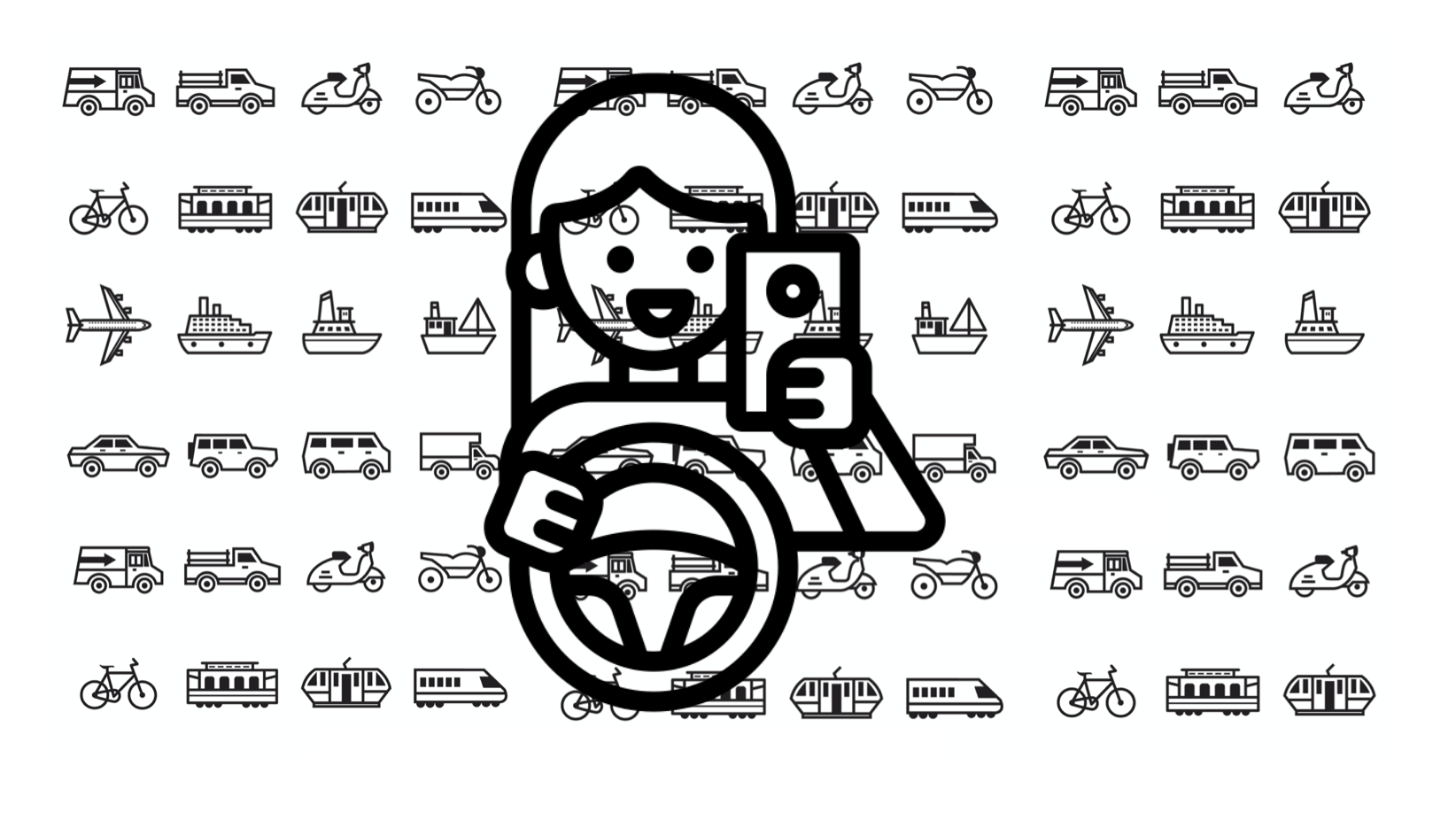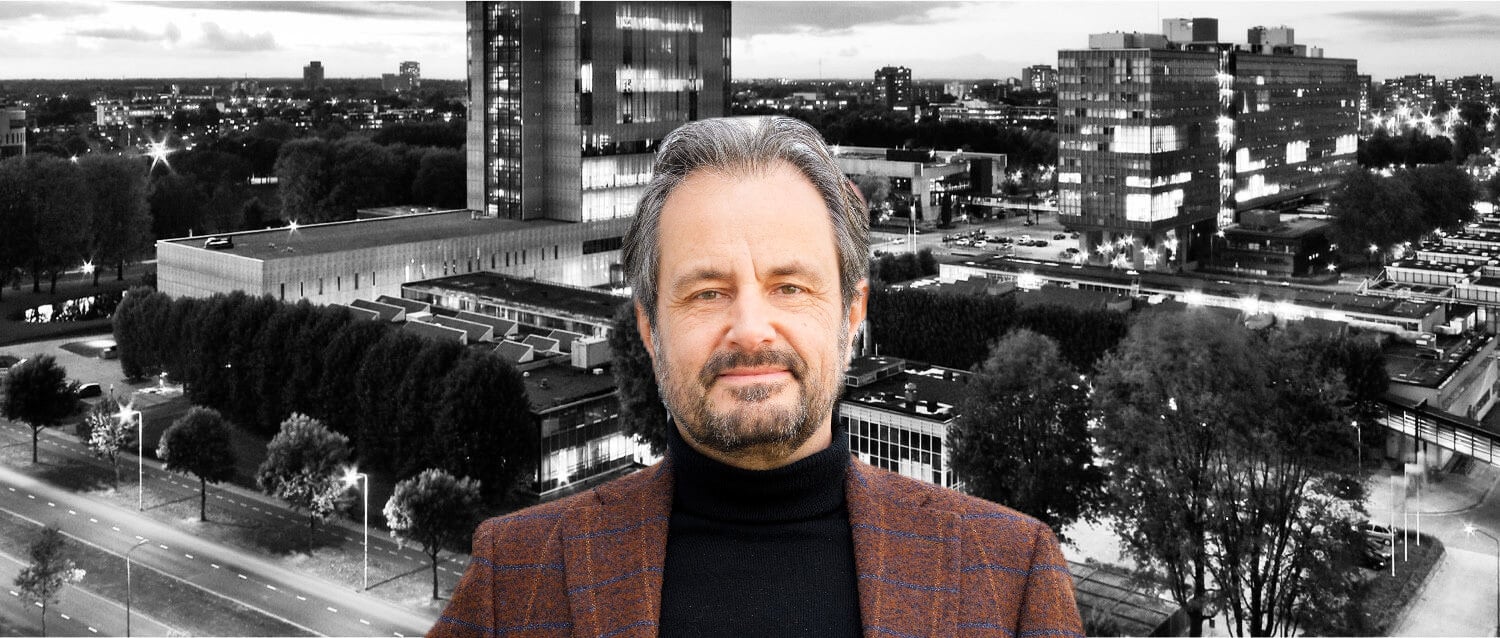
The freedom and prosperity that mobility has brought us, unfortunately, come with a long list of harmful side effects. By far the most pernicious of these is the danger that comes with speed. Improving road safety, therefore, deserves the highest priority: safer infrastructure, more safety technology in cars, and a sensible form of enforcement, with a clearly explainable link between penalty and danger. The latter touches on human behavior, perhaps the most important factor in safety.
In traffic, we are clearly not aware enough of the enormous danger we cause to ourselves and to others. Take for example the fact that on average we spend more than 5% of our driving time looking at our smartphones, while the risk of an accident is then 2300% higher. Also, people still get behind the wheel with alcohol. But even if we obey the rules, we still have the potential to cause each other enormous harm.

In the 1990s, Veilig Verkeer Nederland (The foundation for Safer Traffic in the Netherlands) had a powerful campaign, reminding drivers of their responsibility with the slogan “Your conscience will always carry this with you”. But nowadays, when you read a newspaper report about an accident, the culprits are strikingly always anonymized. As if the era of the self-driving car has already begun.
’68-year-old moped rider dies after collision with car’
‘Girl of seven seriously injured after collision with bus’
In their prize-winning book The Right of the Fastest (in Dutch, but soon also available in English), Thalia Verkade and Marco te Brömmelstroet devote much attention to the curious fact that you never hear anything about the so-called collision partners in traffic accidents. Partly as a result of this, the Twitter account ‘Where is the driver‘ was created, which draws the attention of the press to how they treat this phenomenon. The clear identification of all parties involved in an accident is expressly not intended to further harm the often already traumatized causer of an accident. It can, however, bring about just a little more awareness that participating in traffic brings with it more responsibility than simply thinking we can handle it.
So let’s just mention that it was a 42-year-old hairdresser from Schubbekutteveen who lost control of the steering wheel causing the death of the 68-year-old moped rider. Perhaps we should also mention that it was a 38-year-old product manager of car brand X who had decided to deliver another car in 2008 without electronic stability control and an impact prevention system that would probably have prevented this accident.
And that it was a 58-year-old alderman who had decided in 2014 that there was no budget for a free-flowing bike path next to that dangerous road. Or that a 53-year-old minister had decided that one and a half billion for the construction of an additional highway lane was a better plan than making money available for road safety so that the alderman could have decided differently.
Let’s start by no longer pretending that all cars, trucks, buses, streetcars, mopeds, and racing bikes are self-driving. So follow and feed @waarisdechauff1 for an extra bit of awareness that causing an accident is mostly human work. In the hope that this awareness will make mobility a little safer. Because your conscience will always carry this with you.
Maarten Steinbuch and Carlo van de Weijer are alternately writing this weekly column, originally published (in Dutch) in FD. Did you like it? There’s more to enjoy: a book with a selection of these columns has just been published by 24U and distributed by Lecturis.

